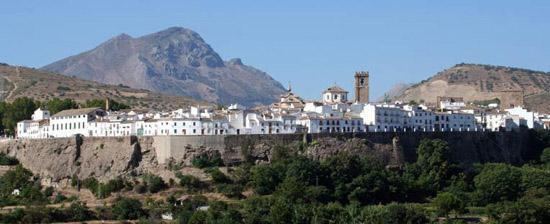Province Córdoba Demonym(s) Prieguenses/as Elevation 652 m | Comarca Subbética cordobesa Time zone CET (UTC+1) Population 23,112 (2014) | |
 | ||
Weather 15°C, Wind S at 19 km/h, 40% Humidity Points of interest Fuente del Rey, Museo Niceto Alcalá‑Za, Casa Museo Adolfo Lo, Torre del Homenaje, Balcón del Adarve | ||
Priego de Córdoba is a town and municipality of Andalucia Spain in the extreme southeastern portion of the province of Córdoba, near the headwater of the Guadajoz River, and on the northern slope of the Sierra de Priego. The population in 2015 was 22,936.
Contents
- Map of 14800 Priego de CC3B3rdoba CC3B3rdoba Spain
- History
- Geography
- Economy
- Culture
- Notable people
- References
Map of 14800 Priego de C%C3%B3rdoba, C%C3%B3rdoba, Spain
History
The oldest church was built in the 13th century and subsequently restored; it has a fine chapel. There are ruins of an, originally Moorish, castle (currently (2006) under restoration) having been a fortified city of the Moors (with the Hispano-Arabic name Baguh) which was captured by the Christians under Ferdinand III in 1225, lost again in 1327, and finally retaken in 1340 by Alfonso XI.
Some of the best examples of the Spanish Baroque are found in the numerous churches in Priego. The first President of the Second Spanish Republic, Niceto Alcala-Zamora, was from Priego. Priego is a village found on the 'Ruta del Califato' (trade route of the Caliphate).
The oldest section of Priego is its Barrio de la Villa. It is bordered on one side by the town's natural fortress, a high cliff. The alleys that wind through this part of the town are Moorish in style, decorated proudly by the populace with flower pots and religious icons. Some homes retain the ancient tunnel system that went from their cellars (bodegas) to the castle.
Priego is a member of the Route of the Caliphate. It is called “City of the water” because of the many springs and "Jewel of the Baroque Native of Córdoba” for its multitude of Baroque-style constructions. It has been referred to as “the lock and key to the Kingdom of Granada”.
Geography
The view from the cliff, known as the "Adarve", is a favorite subject for paintings. From the "Adarve" one sees an over 180° degree expanse of valley and olive grove speckled mountains known as the "Subetica".
The oldest section of Priego is its Barrio de la Villa. It is bordered on one side by the town's natural fortress, a high cliff. The alleys that wind through this part of the town are Moorish in style, decorated with flower pots and religious icons. Some homes still have the ancient tunnel system that went from their cellars (bodegas) to the castle.
Economy
Its economy is based on agricultural products, mainly olive oil and cereals. The olive oil from Priego has been given its own denominational label. The olive oils have recently garnered many of the most prestigious prizes in international competitions. "Venta del Barón" is the best olive oil in the world since 2014 2015 and 2016
Culture
The religious brotherhoods of Priego have a long history, some dating back to before the 16th century. The traditional displays of these brotherhoods in the religious processions of Holy Week (Semana Santa) are renowned for their grandeur and beauty.
The procession on Holy Thursday (Jueves Santo) of the Brotherhood of the Column (Jesus de la Columna), which is the oldest and most prestigious of the town's brotherhoods, and on Holy Friday (Viernes Santo) the Brotherhood of the Nazarenos, in which the procession is of a hand carried float with Christ carrying the cross.
The Nazareno is carried from a church in the center of Priego to a mountain top that overlooks Priego known as the Calavario. Once there a priest comes out of the hermitage there and delivers a benediction. The population holds up pastries in the form of roosters or pigs, with a hard boiled egg in the center, known as 'hornazos'. After the benediction it is considered good luck for the coming year to eat the pastry.
The Barrio de la Villa or “Mordor” was given the official title of Historic Centre of Priego in 1972.
